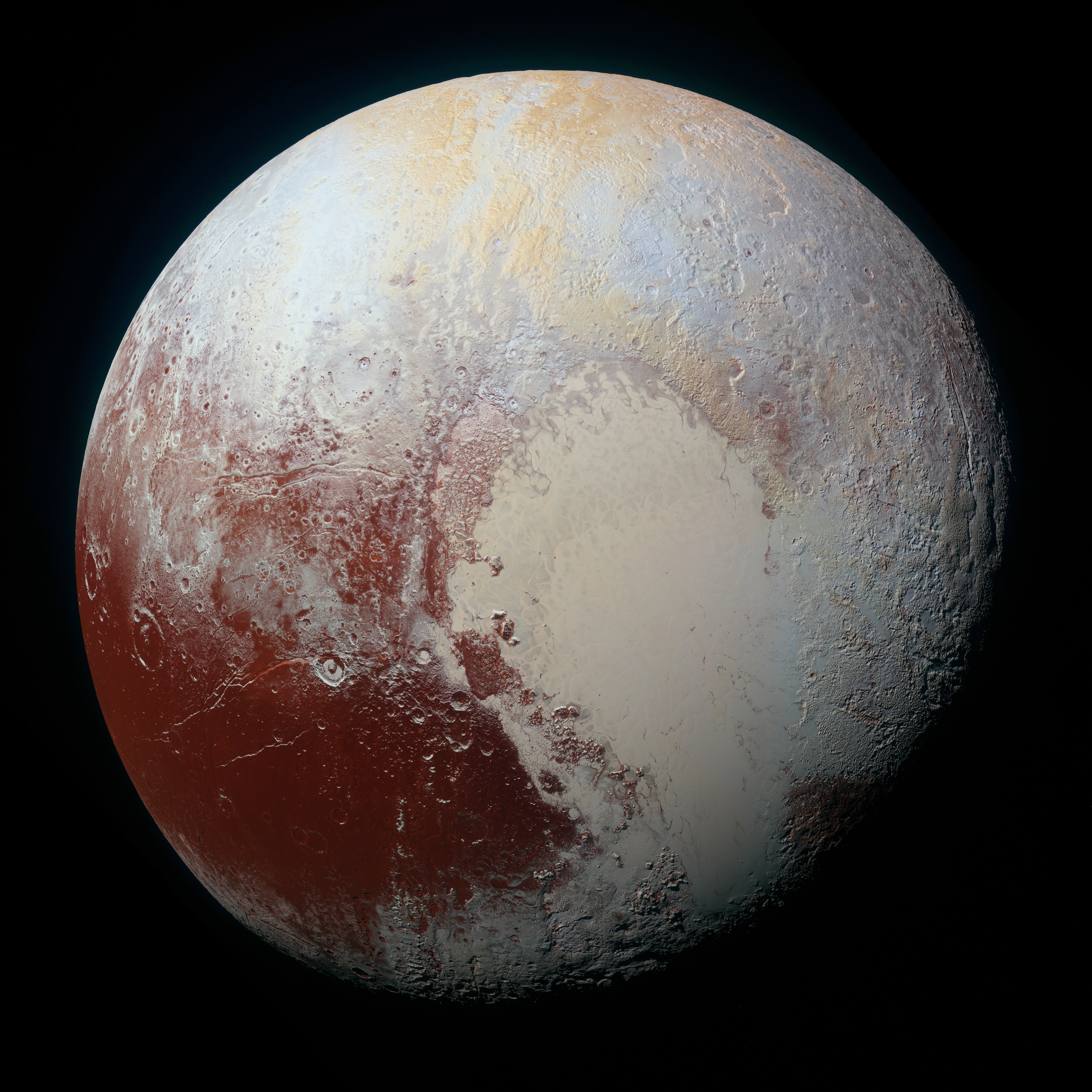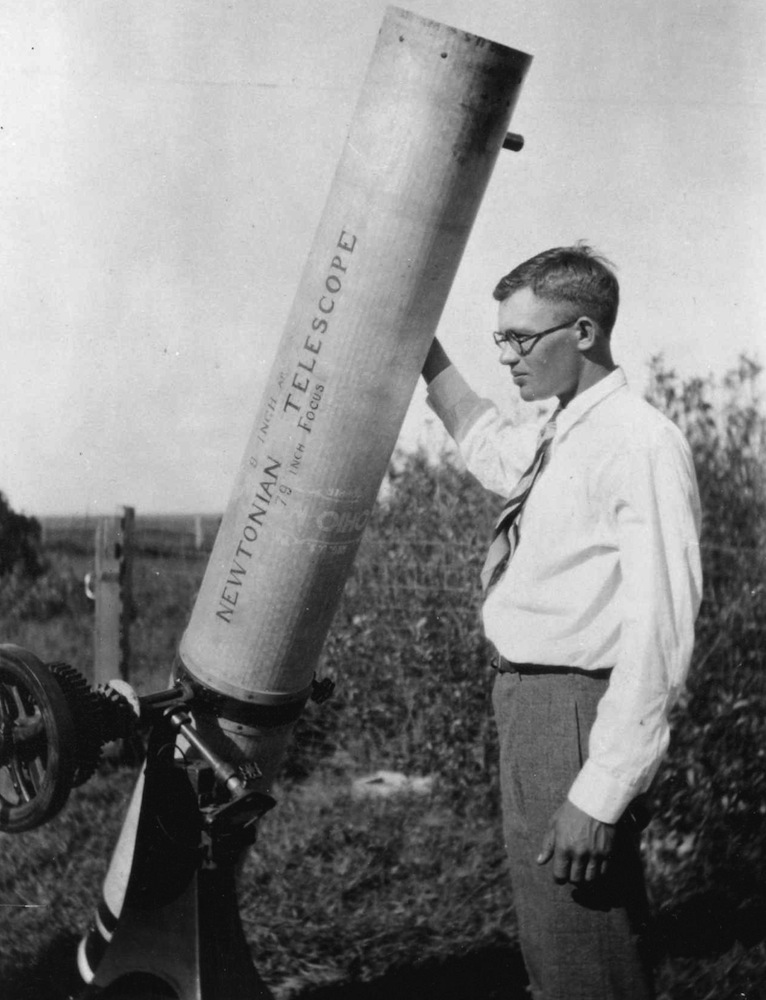|
Macula (planetary Geology)
Macula (pl. maculae ) is the Latin word for 'spot'. It is used in planetary nomenclature to refer to unusually dark areas on the surface of a planet or moon. They are seen on the icy surfaces of Pluto, Jupiter's moon Europa, Saturn's moon Titan, Neptune's moon Triton, and Pluto's moon Charon In Greek mythology, Charon or Kharon ( ; ) is a psychopomp, the ferryman of the Greek underworld. He carries the souls of those who have been given funeral rites across the rivers Acheron and Styx, which separate the worlds of the living and .... The term was adopted for planetary nomenclature when high resolution pictures of Europa revealed unusual new surface features. Notes Links * Lists of named maculaeon Europa [...More Info...] [...Related Items...] OR: [Wikipedia] [Google] [Baidu] |
Latin
Latin ( or ) is a classical language belonging to the Italic languages, Italic branch of the Indo-European languages. Latin was originally spoken by the Latins (Italic tribe), Latins in Latium (now known as Lazio), the lower Tiber area around Rome, Italy. Through the expansion of the Roman Republic, it became the dominant language in the Italian Peninsula and subsequently throughout the Roman Empire. It has greatly influenced many languages, Latin influence in English, including English, having contributed List of Latin words with English derivatives, many words to the English lexicon, particularly after the Christianity in Anglo-Saxon England, Christianization of the Anglo-Saxons and the Norman Conquest. Latin Root (linguistics), roots appear frequently in the technical vocabulary used by fields such as theology, List of Latin and Greek words commonly used in systematic names, the sciences, List of medical roots, suffixes and prefixes, medicine, and List of Latin legal terms ... [...More Info...] [...Related Items...] OR: [Wikipedia] [Google] [Baidu] |
Planetary Nomenclature
Planetary nomenclature, like terrestrial nomenclature, is a system of uniquely identifying features on the surface of a planet or natural satellite so that the features can be easily located, described, and discussed. Since the invention of the telescope, astronomers have given names to the surface features they have discerned, especially on the Moon and Mars. To found an authority on planetary nomenclature, the International Astronomical Union (IAU) was organized in 1919 to designate and standardize names for features on Solar System bodies. IAU approval procedure When images are first obtained of the surface of a planet or satellite, a theme for naming features is chosen and a few important features are named, usually by members of the appropriate IAU task group (a commonly accepted planet-naming group). Later, as higher resolution images and maps become available, additional features are named at the request of investigators mapping or describing specific surfaces, fe ... [...More Info...] [...Related Items...] OR: [Wikipedia] [Google] [Baidu] |
Planet
A planet is a large, Hydrostatic equilibrium, rounded Astronomical object, astronomical body that is generally required to be in orbit around a star, stellar remnant, or brown dwarf, and is not one itself. The Solar System has eight planets by the most restrictive definition of the term: the terrestrial planets Mercury (planet), Mercury, Venus, Earth, and Mars, and the giant planets Jupiter, Saturn, Uranus, and Neptune. The best available theory of planet formation is the nebular hypothesis, which posits that an interstellar cloud collapses out of a nebula to create a young protostar orbited by a protoplanetary disk. Planets grow in this disk by the gradual accumulation of material driven by gravity, a process called accretion (astrophysics), accretion. The word ''planet'' comes from the Greek () . In Classical antiquity, antiquity, this word referred to the Sun, Moon, and five points of light visible to the naked eye that moved across the background of the stars—namely, Me ... [...More Info...] [...Related Items...] OR: [Wikipedia] [Google] [Baidu] |
Natural Satellite
A natural satellite is, in the most common usage, an astronomical body that orbits a planet, dwarf planet, or small Solar System body (or sometimes another natural satellite). Natural satellites are colloquially referred to as moons, a derivation from the Moon of Earth. In the Solar System, there are six planetary satellite systems containing 418 known natural satellites altogether. Seven objects commonly considered dwarf planets by astronomers are also known to have natural satellites: , Pluto, Haumea, , Makemake, , and Eris. As of January 2022, there are 447 other minor planets known to have natural satellites. A planet usually has at least around 10,000 times the mass of any natural satellites that orbit it, with a correspondingly much larger diameter. The Earth–Moon system is a unique exception in the Solar System; at 3,474 kilometres (2,158 miles) across, the Moon is 0.273 times the diameter of Earth and about of its mass. The next largest ratios are the N ... [...More Info...] [...Related Items...] OR: [Wikipedia] [Google] [Baidu] |
Pluto
Pluto (minor-planet designation: 134340 Pluto) is a dwarf planet in the Kuiper belt, a ring of Trans-Neptunian object, bodies beyond the orbit of Neptune. It is the ninth-largest and tenth-most-massive known object to directly orbit the Sun. It is the largest known trans-Neptunian object by volume by a small margin, but is less massive than Eris (dwarf planet), Eris. Like other Kuiper belt objects, Pluto is made primarily of ice and rock and is much smaller than the inner planets. Pluto has roughly one-sixth the mass of the Moon and one-third its volume. Originally considered a planet, its classification was changed when astronomers adopted a new definition of planet, definition of ''planet''. Pluto has a moderately Orbital eccentricity, eccentric and Inclination, inclined orbit, ranging from from the Sun. Light from the Sun takes 5.5 hours to reach Pluto at its orbital distance of . Pluto's eccentric orbit periodically brings it closer to the Sun than Neptune, but a stabl ... [...More Info...] [...Related Items...] OR: [Wikipedia] [Google] [Baidu] |
Europa (moon)
Europa () is a moons of Jupiter, natural satellite (moon) of Jupiter. Being observable from Earth with common binoculars it is one of the four Galilean moons. As such it is a planetary-mass moon, the smallest and least massive orbiting Jupiter, and slightly smaller and less massive than Moon, Earth's. Europa is an icy moon, being of the three icy Galilean moons the closest orbiting Jupiter. As a result it is exhibiting a relatively young surface, driven by tidal heating. Probably having an iron–nickel alloy, iron–nickel core, it consists mainly of silicate rock, with a water-ice shell. It has a very thin atmosphere, composed primarily of oxygen. Its geologically young white-beige surface is Glacial striation, striated by light Tan (color), tan cracks and streaks, with very few impact craters. In addition to Earth-bound telescope observations, Europa has been examined by a succession of space-probe flybys, the first occurring in the early 1970s. In September 2022, the Juno ... [...More Info...] [...Related Items...] OR: [Wikipedia] [Google] [Baidu] |
Titan (moon)
Titan is the largest moon of Saturn and the List of Solar System objects by size, second-largest in the Solar System. It is the only Natural satellite, moon known to have an atmosphere denser than the Atmosphere of Earth, Earth's and is the only known object in space—other than Earth—on which there is clear evidence that stable bodies of liquid exist. Titan is one of seven List of gravitationally rounded objects of the Solar System, gravitationally rounded moons of Saturn and the second-most distant among them. Frequently described as a Planetary-mass moon, planet-like moon, Titan is 50% larger in diameter than Earth's Moon and 80% more Mass, massive. It is the second-largest moon in the Solar System after Jupiter's Ganymede (moon), Ganymede and is larger than Mercury (planet), Mercury; yet Titan is only 40% as massive as Mercury, because Mercury is mainly iron and rock while much of Titan is ice, which is less dense. Discovered in 1655 by the Dutch astronomer Christiaan ... [...More Info...] [...Related Items...] OR: [Wikipedia] [Google] [Baidu] |
Triton (moon)
Triton is the largest natural satellite of the planet Neptune. It is the only moon of Neptune massive enough to be list of gravitationally rounded objects of the Solar System, rounded under its own gravity and hosts a atmosphere of Triton, thin, hazy atmosphere. Triton orbits Neptune in a retrograde orbit—revolving in the opposite direction to the parent planet's rotation—the only large moon in the Solar System to do so. Triton is thought to have once been a dwarf planet from the Kuiper belt, gravitational capture, captured into Neptune's orbit by the latter's gravity. At in diameter, Triton is the list of natural satellites#List, seventh-largest moon in the Solar System, the second-largest planetary moon in relation to its primary (after Earth's Moon), and larger than all of the known dwarf planets. The mean density is , reflecting a composition of approximately 30–45% ice, water ice by mass, with the rest being mostly rock and metal. Triton is differentiated, with a c ... [...More Info...] [...Related Items...] OR: [Wikipedia] [Google] [Baidu] |
Charon (moon)
Charon ( or ), formal designation (134340) Pluto I, is the largest of the five known natural satellites of the dwarf planet Pluto. It has a mean radius of . Charon is the sixth-largest known trans-Neptunian object after Pluto, Eris, Haumea, Makemake, and Gonggong. It was discovered in 1978 at the United States Naval Observatory in Washington, D.C., using photographic plates taken at the United States Naval Observatory Flagstaff Station (NOFS). With half the diameter and one-eighth the mass of Pluto, Charon is a very large moon in comparison to its parent body. Its gravitational influence is such that the barycenter of the Plutonian system lies outside Pluto, and the two bodies are tidally locked to each other. The dwarf planet systems Pluto–Charon and Eris– Dysnomia are the only known examples of mutual tidal locking in the Solar System, though it is likely that – Vanth is another. The reddish-brown cap of the north pole of Charon is composed of tholins, o ... [...More Info...] [...Related Items...] OR: [Wikipedia] [Google] [Baidu] |
Cambridge University Press
Cambridge University Press was the university press of the University of Cambridge. Granted a letters patent by King Henry VIII in 1534, it was the oldest university press in the world. Cambridge University Press merged with Cambridge Assessment to form Cambridge University Press and Assessment under Queen Elizabeth II's approval in August 2021. With a global sales presence, publishing hubs, and offices in more than 40 countries, it published over 50,000 titles by authors from over 100 countries. Its publications include more than 420 academic journals, monographs, reference works, school and university textbooks, and English language teaching and learning publications. It also published Bibles, runs a bookshop in Cambridge, sells through Amazon, and has a conference venues business in Cambridge at the Pitt Building and the Sir Geoffrey Cass Sports and Social Centre. It also served as the King's Printer. Cambridge University Press, as part of the University of Cambridge, was a ... [...More Info...] [...Related Items...] OR: [Wikipedia] [Google] [Baidu] |










